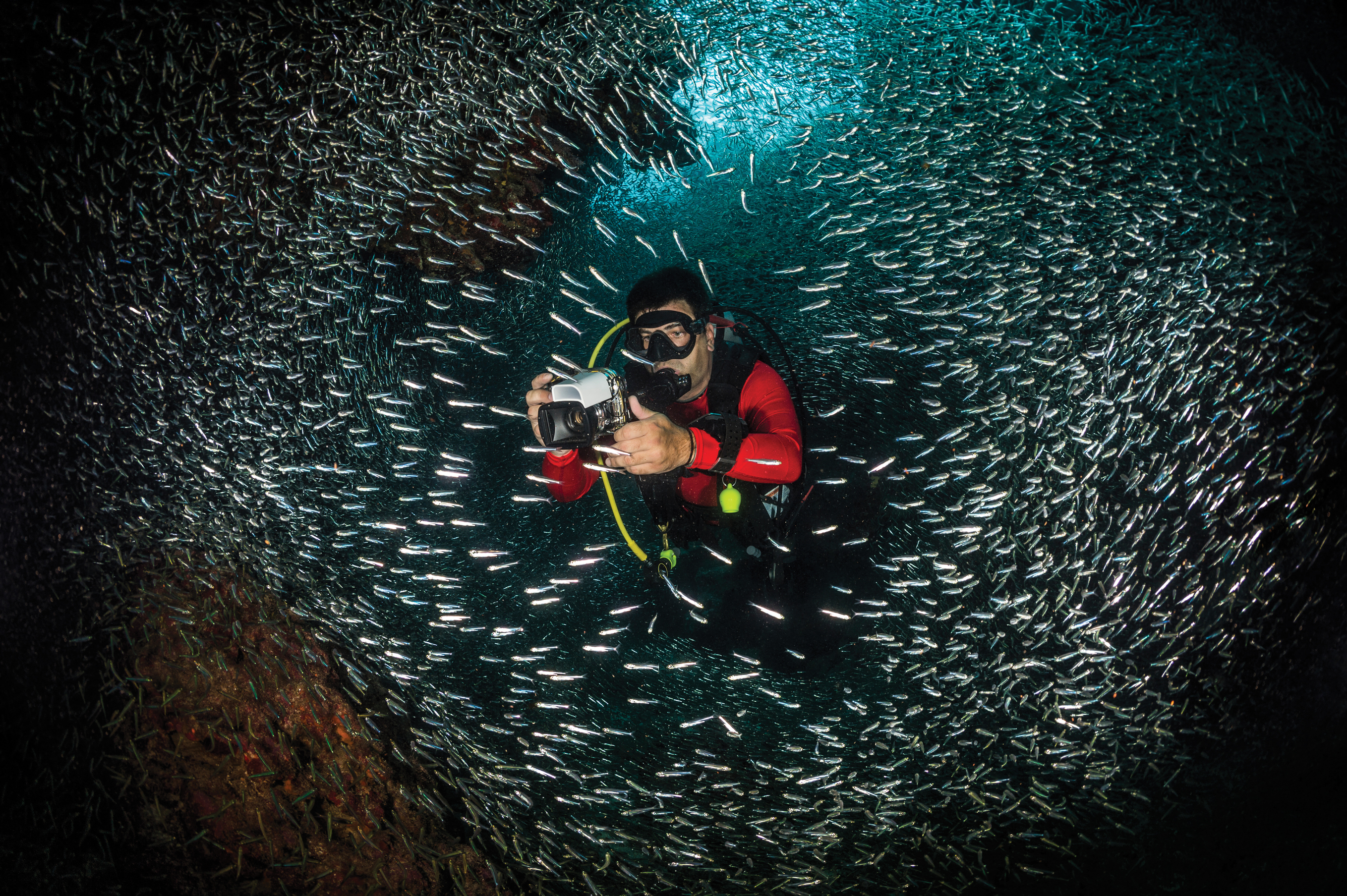How To Shoot Underwater Photography
Tips for shooting better underwater photography
Shooting underwater photography is not like shooting on land. From the radical effects of water on color and light to the difficulty of manipulating your camera gear in a liquid medium — not to mention making sure you are paying attention to safe diving protocols and respecting the underwater environment — shooting underwater presents special challenges. But the rewards are worth the effort. These tips are repeated over and over to new underwater photography students for a good reason: they work.
Read the manual
Understanding your camera, whether a DSLR in a housing or one of the many waterproof compacts, is key. Don't wait until you've descended to figure out how it works. And salt water is a terrible environment for electronics — always give devices a good freshwater soak and inspection after each use.
Get close. Now get closer
Ever notice how amateur under water shooters' images are mostly just blue? Water absorbs light — beyond about 3 feet from you, your lights will be of little use in bringing out the glorious colors of the under water world. Photographers must contend with something called "backscatter," the sometimes infinite particulates in the water column that can individually reflect your flash back at the camera. Less water between your lens and subject will make for sharper, clearer images.
Patience, grasshopper
Underwater photographers can spend an entire dive on one small coral head. Waiting for animal behavior takes time, and letting other divers get out of your frame is always worth the extra few minutes, unless the divers are your subject.
The eyes have it
Eyes are a great connection point between subject and viewer that can give your images stronger emotional content. With wildlife photography, when some motion blur can be intentional or unavoidable, it's especially important to keep the eyes sharp.
Snap, look, tinker, repeat
To ensure your settings and framing are correct, make time to stop and review images as you go. Pause to look at your capture while you're still in the moment, so you can make adjustments and try again while the whale shark is still in your vicinity.
Check out our top picks for great underwater photography gear.
